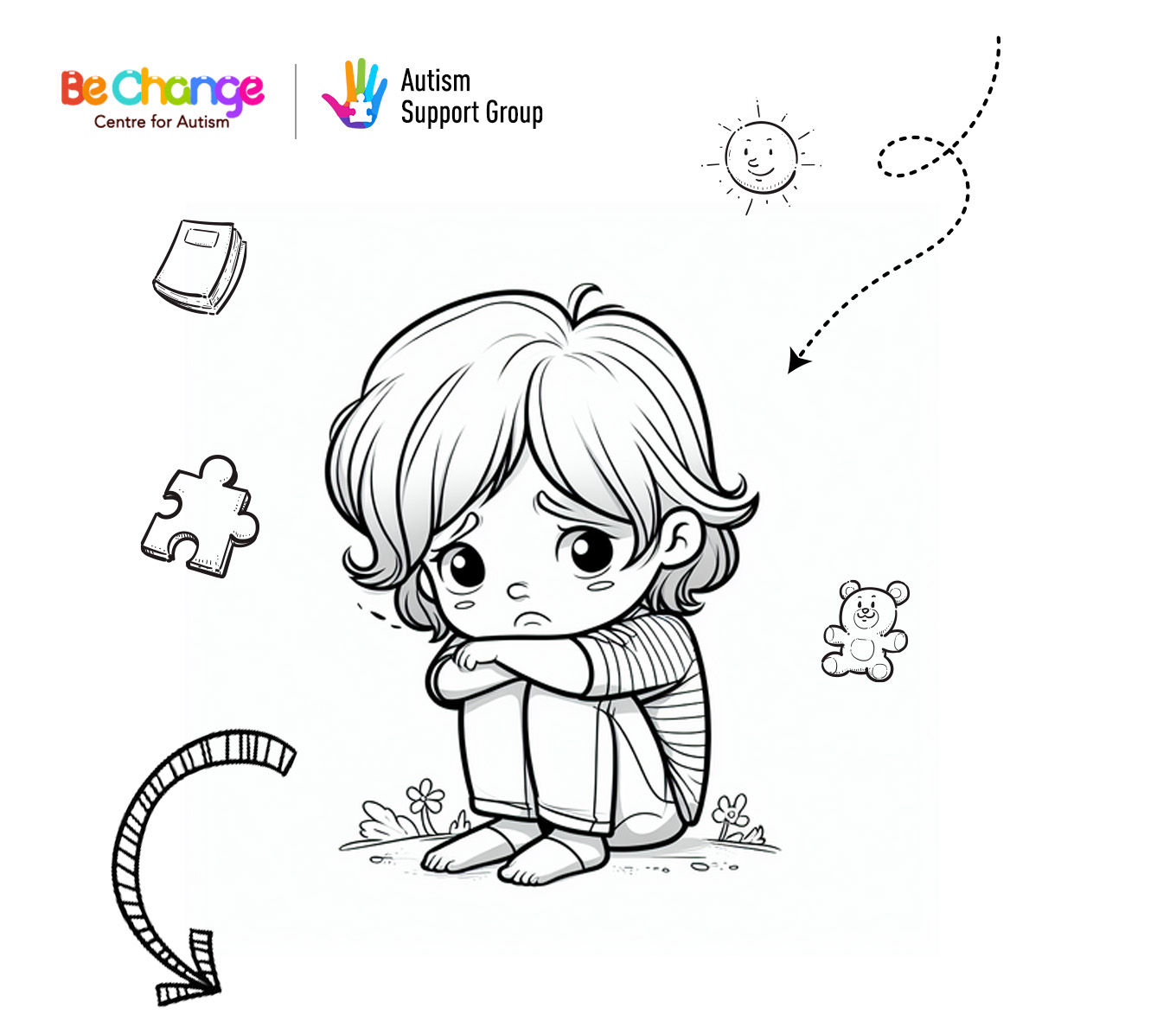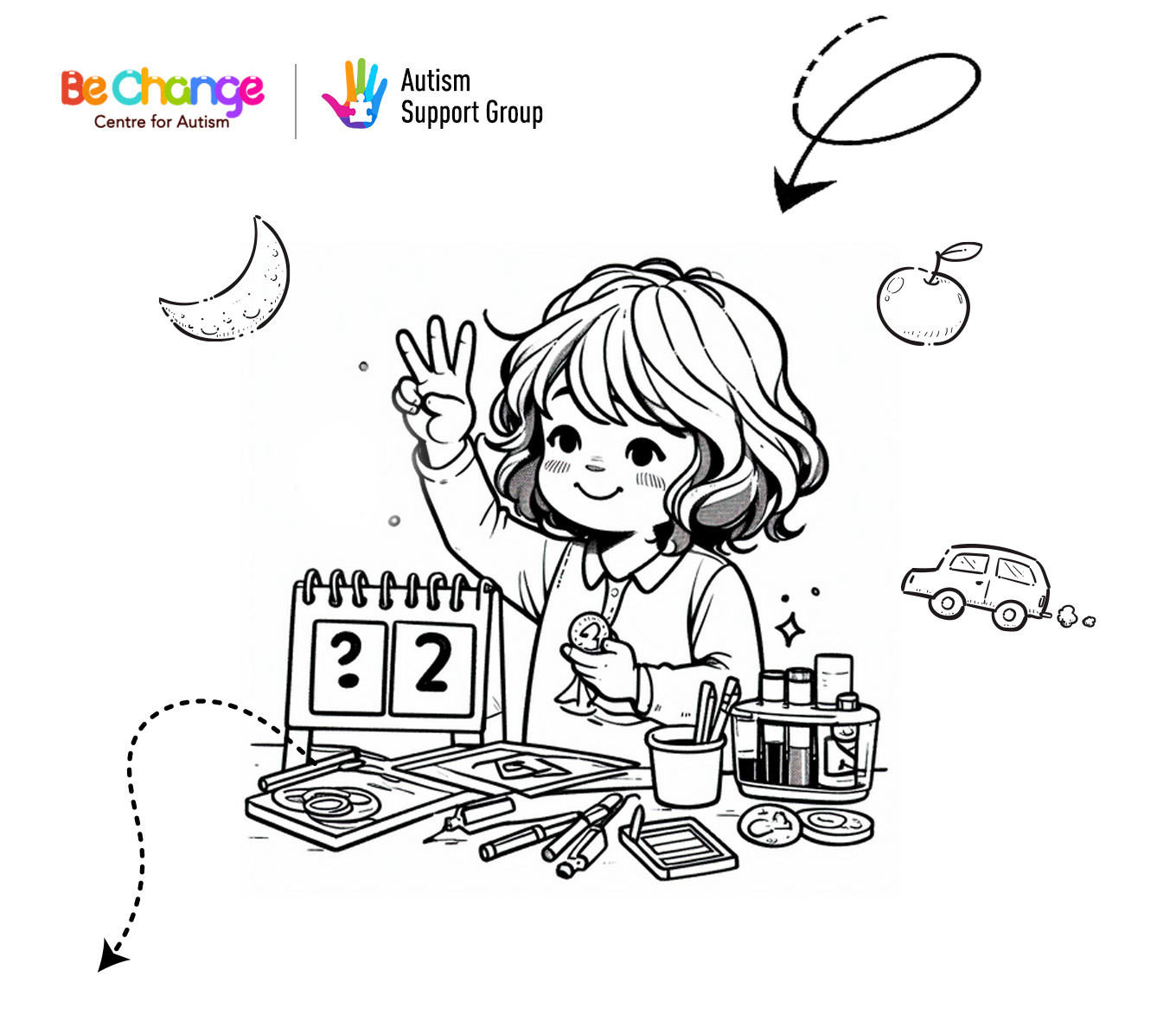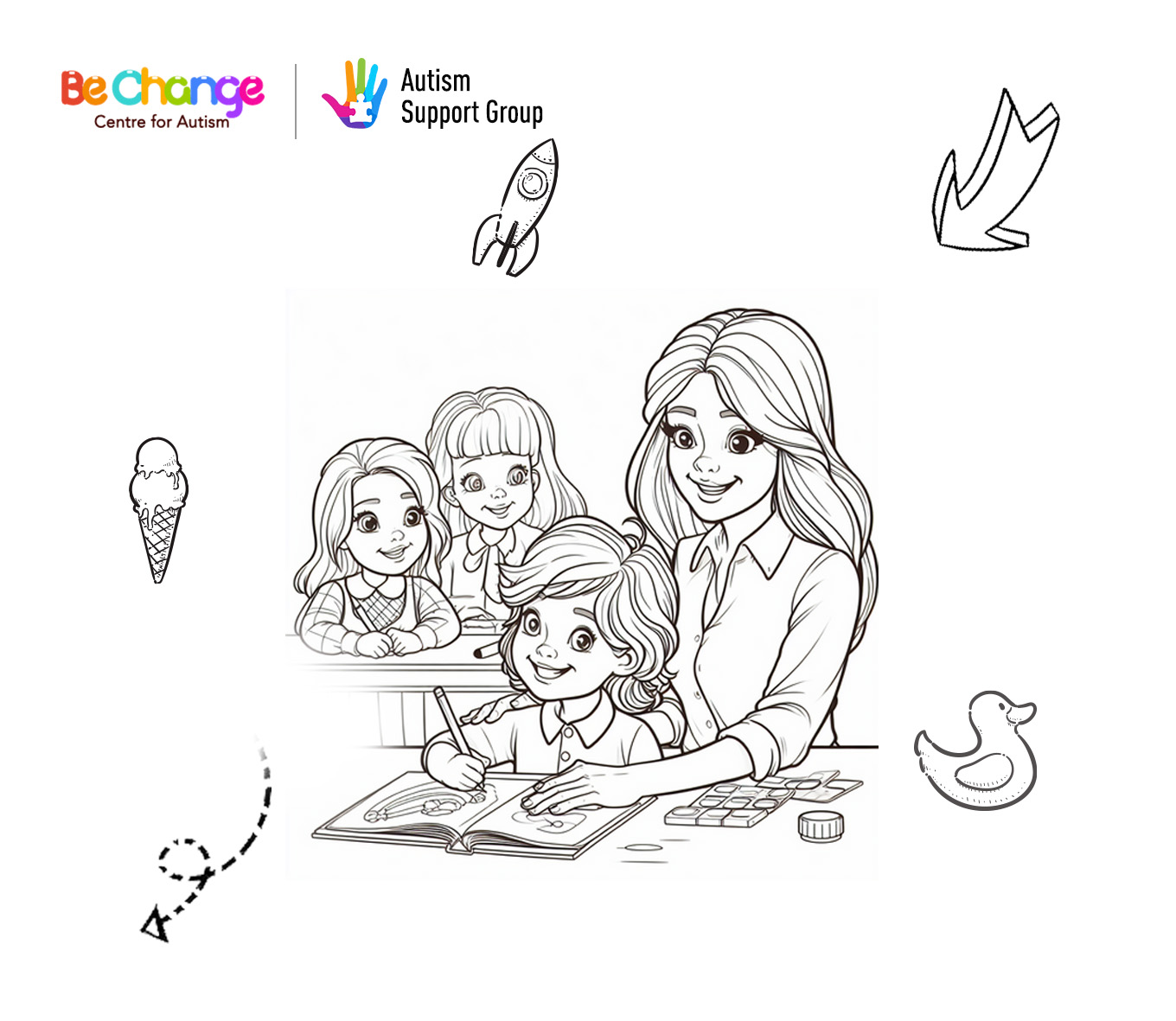Explore 10 detailed scenarios illustrating Applied Behavior Analysis (ABA) therapy interventions. From Functional Behavior Assessments uncovering the root of challenging behaviors to Token Economy Systems promoting task completion, these scenarios showcase the effectiveness of ABA in fostering positive behavioral changes.
Functional Behavior Assessment (FBA):
A kindergarten classroom where a child diagnosed with autism constantly hits and bites classmates during transitions. A behavior analyst conducts a detailed observation and interviews teachers to understand the antecedents and consequences of the behavior. The FBA reveals that the aggression occurs when the child is asked to transition from preferred activities to less preferred ones. The intervention focuses on teaching the child to use a visual schedule and request breaks appropriately.

The FBA identifies the function of aggressive behavior as a means to escape demands. The intervention involves teaching the child to use a visual schedule to anticipate transitions and request breaks appropriately. The outcome is a reduction in aggressive behaviors as the child gains a more adaptive way to communicate needs and manage transitions.
Token Economy System:
Picture a high school setting where a teenager with ADHD faces challenges in completing assignments and staying on task. A behavior analyst collaborates with teachers to implement a token economy system. The teen earns tokens for completing tasks and demonstrating on-task behavior. These tokens can be exchanged for extended break time, access to a preferred activity, or other incentives.

The token economy system reinforces positive behavior by allowing the teenager to earn tokens for completing tasks. As the teen accumulates tokens, they can exchange them for preferred activities or incentives. The outcome is an increase in on-task behavior and task completion, providing the teenager with tangible rewards for their efforts.
Prompting and Fading:
In Bechange Center, ABA therapy session where a child with developmental delays is learning to tie shoelaces. The therapist begins by physically guiding the child’s hands through the steps of tying. As the child becomes more proficient, the therapist gradually reduces physical prompts, allowing the child to gain independence in the skill.

The outcome of prompting and fading is the child’s ability to independently tie shoelaces. By initially providing physical guidance and gradually reducing prompts, the child gains mastery over the skill. This approach promotes independence and builds confidence in the child’s ability to perform the task without continuous assistance.
Social Skills Training:
In a community center where a child diagnosed with social communication difficulties participates in a social skills group. The behavior analyst designs activities focused on specific social skills such as greeting peers, taking turns, and sharing. The child practices these skills in structured settings and gradually generalizes them to more naturalistic social situations.

Social skills training results in improved interpersonal skills for the child. Through structured activities and practice, the child learns to initiate conversations, take turns, and share with peers. The outcome is increased social competence, leading to more successful interactions and relationships with others.
Self-Monitoring:
Imagine a high school counseling session where a teenager struggling with impulsive behavior begins a self-monitoring program. The ABA therapist provides the teen with a daily log to record impulsive actions and associated emotions. Together, they analyze the patterns and work on implementing strategies to improve self-control.

The outcome of self-monitoring is enhanced self-awareness and improved self-control for the teenager. By recording impulsive actions and associated emotions, the teen gains insight into patterns and triggers. With guidance from the therapist, the teen develops strategies to manage impulsive behavior, leading to better emotional regulation.
Incidental Teaching:
In a preschool setting where a child with language delays engages in play with a therapist. The therapist seizes natural opportunities during play to encourage communication. For example, when the child reaches for a toy, the therapist prompts the child to say the toy’s name or make a request, reinforcing communication in a contextually relevant manner.

Incidental teaching promotes spontaneous communication in the child. By embedding communication opportunities during play, the child learns to express needs and desires naturally. The outcome is an increase in functional communication skills, fostering improved social interactions and language development.
Response Cost:
When in a middle school classroom where a student exhibits disruptive behaviors, such as talking out of turn and interrupting lessons. The teacher implements a response cost system, where the student loses a few minutes of recess each time a disruptive behavior occurs. This helps the student understand the consequences of their actions and promotes better behavior in the classroom.

Implementing a response cost system results in a reduction of disruptive behaviors in the classroom. The consequence of losing recess time serves as a deterrent, and the student learns to modify their behavior to avoid the loss of privileges. The outcome is an improved classroom environment with fewer disruptions.
Task Analysis:
When a child with fine motor skill challenges, struggles with getting dressed independently. The behavior analyst breaks down the task of getting dressed into smaller steps (e.g., putting on socks, buttoning a shirt) and teaches each step individually. Once the child masters each step, they are combined to facilitate independent dressing.

The outcome of task analysis is the child’s ability to independently complete the complex task of getting dressed. Breaking down the task into manageable steps and teaching each step individually leads to mastery. The child gains confidence and autonomy in performing the skill.
Generalization and Maintenance:
Envision a teenager with autism successfully learning social interaction skills in a therapy room. The therapist collaborates with the teen’s family and school to create opportunities for practicing these skills in various environments. Periodic check-ins and reinforcement sessions ensure the continued use and maintenance of the learned skills.

Generalization ensures that the learned skills are applied in various settings beyond the therapy room. Regular check-ins and reinforcement maintain the acquired skills over time. The outcome is the integration of social interaction skills into the teen’s daily life, enhancing their ability to navigate diverse social situations successfully.
Functional Communication Training (FCT):
Picture a special education classroom where a nonverbal child with autism exhibits aggression to communicate needs. The behavior analyst introduces a picture exchange system (PECS) as an alternative means of communication. The child learns to exchange pictures to request items or activities, gradually replacing the aggressive behavior with more functional communication.

FCT replaces aggressive behaviors with functional communication. The introduction of a picture exchange system provides the child with a means to communicate needs and desires effectively. The outcome is a reduction in aggressive behaviors as the child learns a more adaptive way to express themselves, leading to improved social interactions.
Whether through Social Skills Training, Prompting and Fading techniques, or Response Cost systems, each scenario highlights the tailored approach ABA takes to address diverse behavioral challenges, leading to meaningful outcomes for individuals receiving therapy.
